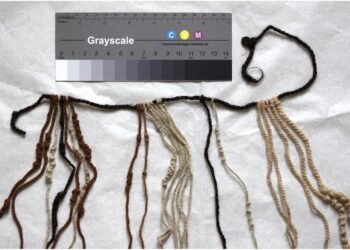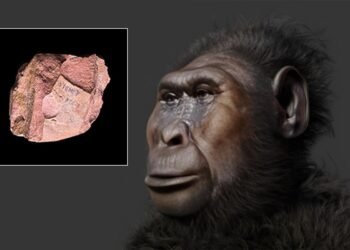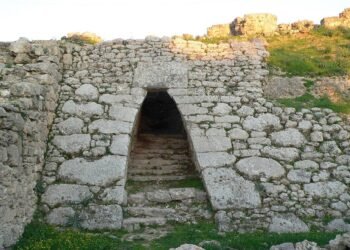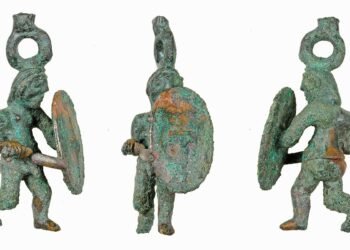In a recent study led by anthropologists Michaela Harbeck and Maren Velte from the Bavarian State Collection for Anthropology in Munich, researchers explored the lives of early medieval Bavarians, shedding light on their unique breastfeeding practices and migration patterns around 500 CE.

Published in PLOS ONE and Archaeological and Anthropological Sciences, the study focuses on teeth, which serve as a remarkable archive of childhood, revealing details about diet, stress, and geographic origins.
The research, conducted on human teeth from various medieval Bavarian cemeteries, underscores the importance of breastfeeding in the early Middle Ages. Contrary to contemporary practices, the weaning process, transitioning from breast milk to solid food, took place later, around the second to third year of life, particularly for women of foreign origin.
Maren Velte, in her doctoral thesis, highlighted this phenomenon, stating, “The weaning from breast milk was completed between the second and third year of life for most of the early Bavarians studied. Women of foreign origin, in particular, were breastfed longer.”
The team employed stable isotope analysis, with strontium isotopes indicating geographic origins and carbon/nitrogen analysis providing dietary insights. The study, titled “Between Raetia Secunda and the Duchy of Bavaria: Exploring patterns of human movement and diet,” reveals a significant influx of non-Bavarian individuals to southern Bavaria by the end of the 5th century. Michaela Harbeck notes, “Although we cannot narrow down the exact areas of origin for many individuals, we can show that they came from various non-local regions.”
Dietary reconstructions further corroborate migration evidence. Certain individuals, primarily women, displayed dietary patterns inconsistent with traditional Bavarian practices, featuring millet consumption associated with southeastern Europe and Asia. Harbeck adds, “These women obviously grew up in other cultures outside of Bavaria,” emphasizing that some immigrants arrived in Bavaria after the age of 20.
Moreover, the study addresses the concept of “weaning stress,” a potential health risk during the transition from breast milk to solid food. Researchers observed stress-related developmental changes in dental morphology, particularly prevalent in the 7th century. Harbeck speculates, “The research team believes that fundamental changes in childhood nutrition, especially with regard to complementary foods, are to blame.”
The findings challenge conventional views on ancient infant feeding practices. “Our study unveiled diverse infant feeding strategies practiced across various communities, both in different historical eras and geographical locations,” remarks the research team. The analysis, incorporating stable light isotope examination of serial dentine samples, highlights the complex interplay between weaning practices, diet, and childhood stress.
While acknowledging the intricacies of interpreting weaning patterns, the study emphasizes the need for additional data, including subadult and animal remains, to provide a more comprehensive understanding of infant feeding strategies and associated stress factors.
More information: Velte M. et al, (2023), Between Raetia Secunda and the dutchy of Bavaria: Exploring patterns of human movement and diet, PLOS ONE. DOI: 10.1371/journal.pone.0283243
Velte M. et al, (2023), Tracing early life histories from Roman times to the Medieval era: weaning practices and physiological stress, Archaeological and Anthropological Sciences. DOI: 10.1007/s12520-023-01882-6























